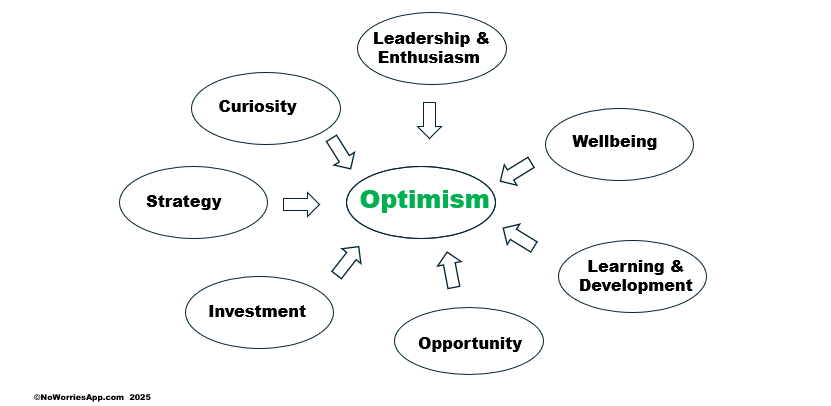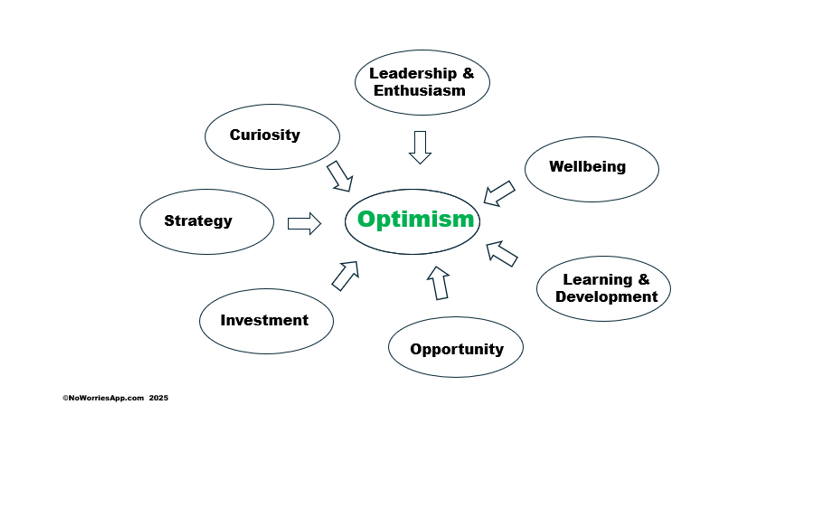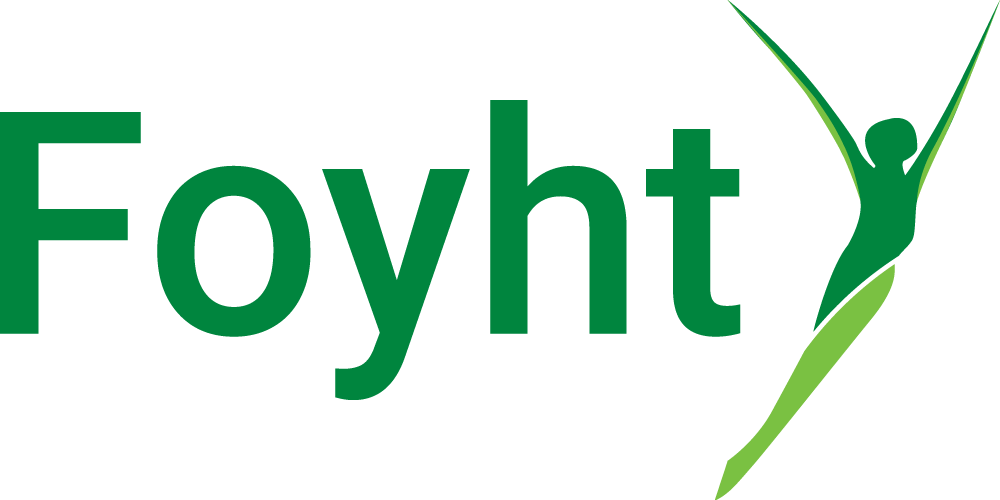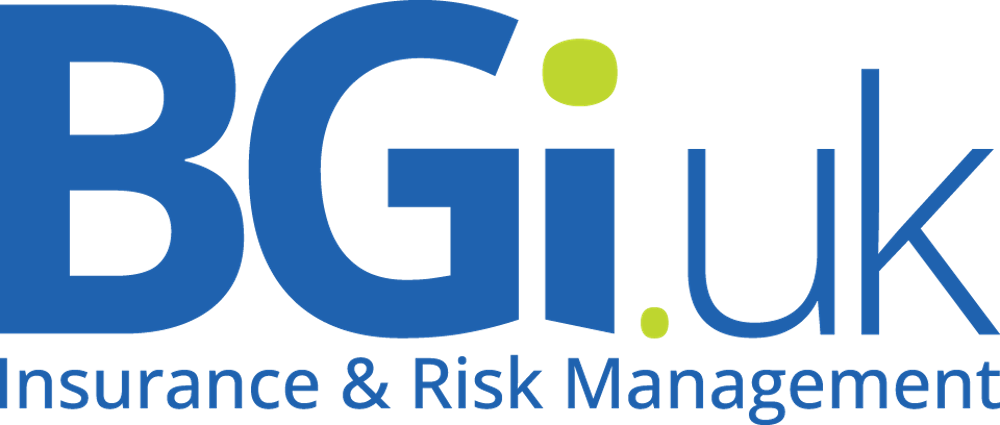Let’s all assume the persona of an HR Director (HRD). A tough job by any measure and a role that deals and trades in both joy and sadness, often not in equal or welcome measures.

The “harder” side of the role is possibly easily defined and quite mechanistic – record keeping, job descriptions, organisational design, compensation and benefits, terms, and conditions and so on.
Then comes the really tough stuff – ironically, we’ll label this the “soft side”. An HR Director must know and understand the emotional state of employees and indeed the whole business. The requirement is to understand the sentiment in a company or organisation and manage, where possible, the mood.
We’re not talking fruit on desks and the awarding of bonuses, tubs of chocolate in the coffee area or reduced fees at the local Halls of Torture aka the nearby gym and health club. It is much more complicated and nuanced than all that. The HR Director needs to preside over a circus ring with many acts of many varieties. And in this multi-cultural, multi-talented, competitive circus ring, there will be conflicts.

BUT the acts can unite around a number if key and critically important themes. Here, we will be looking at the role on optimism.
A glance at the Oxford English Dictionary (Second Edition) – always a good starting point – tells us that the truly great 17th Century polymath, Gottfried Wilhelm Leibnitz, gave the term “optimism” to his doctrine described n Theodicee back in 1710 relating to best of all possible worlds. A slightly more up to date definition is “Disposition to hope for the best or to look on the bright side of things; general tendency to take a favourable view of circumstances or prospects”
This latter definition is definitely something our HR Director can work with. Optimism is a notoriously difficult field of studies show that optimism can be – emphasis on “can” – the result of genetics, environment, and a plethora of other factors. Let’s bring optimism back to dimensions we can influence. What is being suggested here is that optimism – vital to a company’s success – cannot be taught.

But it can be acquired, learned, practiced, influenced, and even directed. What is equally significant is that optimism can not be allowed to run riot as an overdose of it can lead to recklessness, undesired outcomes and unintended consequences. More on them later.
To better understand the impact of optimism in the workplace, we can look at they key influencers that act to create an optimistic vibe. The attached graphic shows what might be the 7 of the most powerful influencing dimensions on optimism. And remember, creating an optimistic vibe is one thing, maintaining and sustaining it is quite another. The graphic has put optimism at the centre of the complex network of behavioural and emotional attributes and relationship that drive the sentiment of a business.

The 7 dimensions act and react with not just optimism but with each other as well. For example, Curiosity is intimately linked with Opportunity. Consider what drives NASA to secure colossal budgets to explore Space. The costly James Webb telescope and the Voyager space probe – which has now actually left our Solar System – were driven by Curiosity and the Opportunity they could bring – scientists and others were convinced these programmes could succeed – Optimism.
Earlier, we said that optimism can’t be taught but it can be acquired and learnt. So, back to our HR Director who needs to see an optimistic vibe.
Tapping on the door of the Learning and Development Team (L&D) might be a good place for the HRD. It is they who have the role of equipping the workforce for the future. They will need to train in the skills the organisation will need to thrive in the future. People who are well trained, consider the British Army, and empowered to do their jobs, perform better. Good training always shows and companies that think cutting the training budget is a good way of saving money do so at their future peril. A well trained and coached employee will want to exploit their newly acquired skills and fly that little bit higher. The payback is from the customer, the end user, and the economic client. Best Value suppliers win the game. Anyone can be the lowest priced service or product provider…
…but for how long?
Training adds value and those trained well have reason to build up their personal optimism stock.

The role of Leadership can’t be ignored or understated here. The company CEO and Leadership Team need to be able to talk credibly, persuasively, and cohesively (and with enthusiasm but above all, with qualified sincerity) about Strategy and Investment and Opportunity and and and…but the concept of Leadership must be bought into by everyone. Each individual needs to have a grain of leadership in the way they conduct themselves and how they interact with others. Similarly with enthusiasm. As with optimism, you can’t necessarily be taught it, but you can learn and acquire it. And it rubs off on others, both consciously and sub consciously.
What seems to be emerging is that Optimism is not just an individual characteristic that is really helpful at an individual, team, and corporate level, it is a binding agent that facilitates, enables, and assures confidence in strategy, opportunity, L&D, investment and all the rest. It is both a precursor to getting things right across the board and it is an outcome of getting things right. An upwards spiral. Looking around at companies [in the UK] a great example of the manifestation of widespread and sincere optimism is KFC. That’s right, the brainchild of Col. Sanders himself.
Why is this so interesting?
Well, Hospitality & Food is a very large trade sector that is not always so well paid. The hours worked are long and the hours are not that convenient for everyone. Working in a fast-food shop may be seen not the most glamourous and the conditions tough. But even with these apparent negatives, if you speak to people at KFC, they all share an unbounded enthusiasm for their work, their co-workers, and the KFC brand itself. KFC don’t do chocolate in the coffee area, but they do provide food for their employees and their employees families. This is a company with individual plans for each of their employees. They are engaged, feel well treated and are individually and collectively optimistic. Wow! Hats off to them. HRDs elsewhere – take note!

KFC don’t do all this just because they are nice people. And they are! There is a business reason to behave in this way. Recruitment is straight forward, cost less and people join to make a career of it not just to have a job. Productivity seems to be higher and staff retention is way above the industry average. So, optimism, which you’ll remember you can’t teach or train in, is key to the KFC model.
Of the seven areas (see graphic) that we’re suggesting impact in optimism there is one left for us to think about. Wellbeing.
Wellbeing impacts on optimism and vice versa. Wellbeing is, like other HR “soft” areas, very difficult to measure. What makes it tough to measure is that Wellbeing is an intensely personal thing and not something people, especially men, want to open up about.
Why won’t people open up?
Experience drawn from the sports domain yields several clues. Sportspeople fear not being selected, they fear being dropped altogether, they fear being perceived as weak. They fear consequences.
Whistle blowing has a sad history in the main. Whistle blowers, who are right to call out any malpractice, usually end up existing a sport steam or a company. Staff in companies are now very cynical about the Annual Staff Survey. If a company sets out the questions they also set out the likely answers. Likewise for staff focus groups.

Over optimism, however, does have a downside and we need to be aware of it. Too much of this intoxicating elixir can lead to complacency and cavalier behaviours. Many an unwise investment has been made under such circumstance. Slightly older readers will remember the IT bubble burst of the early 2000s. Over optimism and hubris saw some great companies crumble to virtually nothing – GEC and Cable & Wireless being examples. But experience has taught business lessons and they have been learned.
Let’s return to optimism & its relationship with Wellbeing.
A digital tool is available to HRDs to help gauge Wellbeing – and the other six areas we’ve explored today – in an organisation that is completely anonymous for all users. Individuals enter their worries and concerns in an app – NoWorriesApp – on their phone and set off on a guided journey to help self-solve worries. The individual users come up with self-generated strategies to help with the Wellbeing journey.
Sentiment can be assessed with pinpoint accuracy at the macro level – as all the individual inputs are anonymously accumulated – and the data revealed will shine a light on the required policy interventions and a unique Happiness Tracker will indicate how an organisation is feeling about itself.

This is a whistle stop tour around a complex area. Hopefully, we have seen that optimism really plays a vital role in an organisation’s success. To the point where it can be considered as being at the centre of everything. Whilst seemingly very difficult to address you have reason to remain optimistic.
Learn more at NoWorriesApp.com
Article & photos copyright of NoWorriesApp.com
References
Google searches on all of he subject areas in this article





